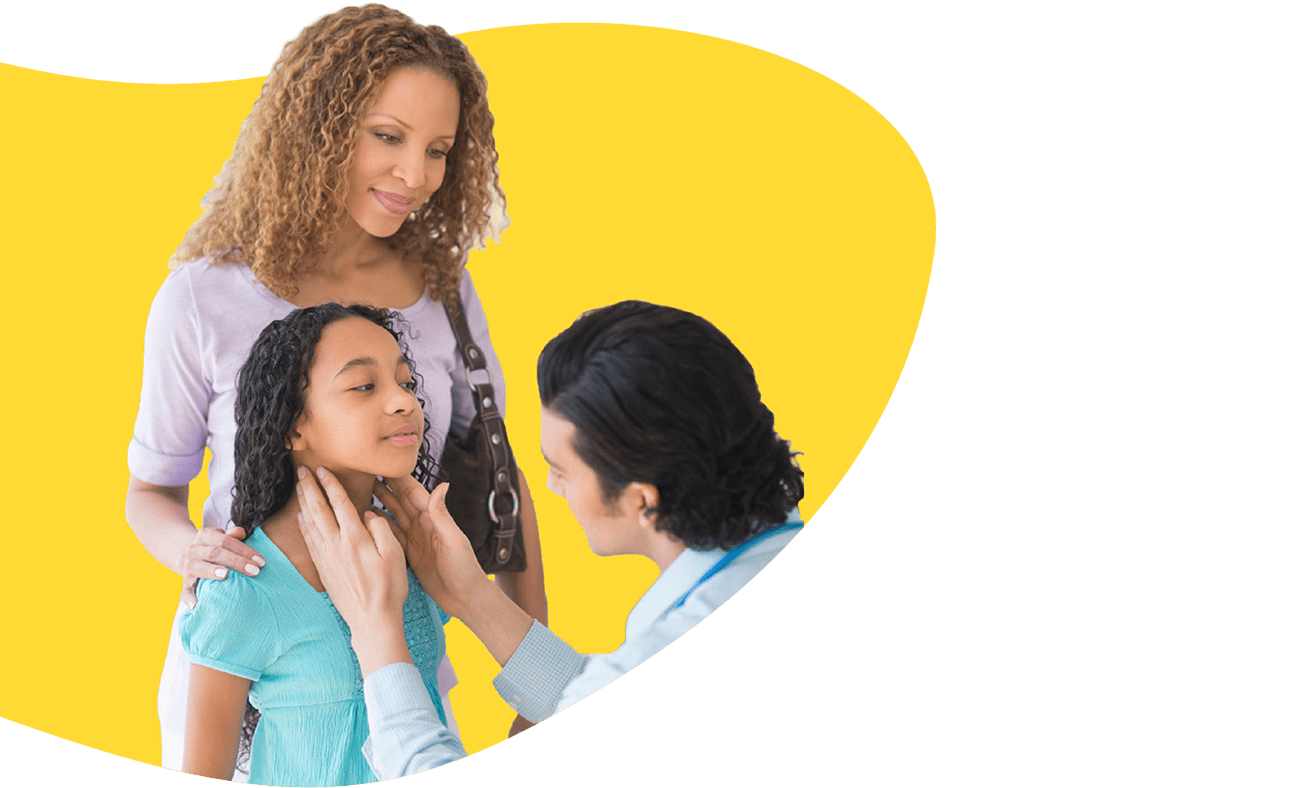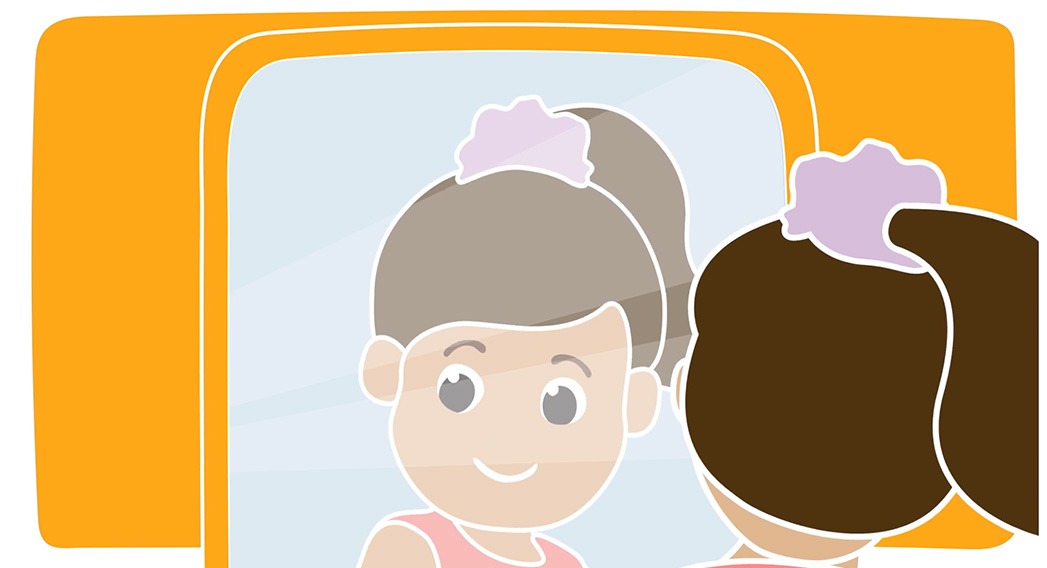A tonsillectomy is a surgical procedure to remove the tonsils. This procedure is one of the most common among children and adults. Your doctor may recommend a tonsillectomy for a variety of reasons, with two of the most common being infected and/or enlarged tonsils1.
There are two main ways tonsillectomies can be done: total tonsillectomy, where the tonsil and the tonsil capsule right next to the tonsil are removed, and intracapsular tonsillectomy (CIT), where the tonsil is removed, but the tonsil capsule stays in place. You can learn more about these surgical options on the Treatment Options page.
No matter which path you and your ENT decide to take, COBLATION technology can help make recovery faster and less painful than with alternative technologies2-5.
Tonsillectomy
Obstructive Sleep Apnea (OSA), is a form of Sleep Disordered Breathing (SDB) in which some portion, or all, of the airway is blocked during sleep6.
Because enlarged tonsils and adenoids are one of the most common causes for OSA, your ENT specialist may suggest a tonsillectomy and/or adenoidectomy, the surgical removal of the tonsils and/or adenoids. Tonsillectomy and/or adenoidectomy is typically considered the first step in treating pediatric OSA; in fact, with 2-4% of children experiencing OSA6, most pediatric tonsillectomy/adenoidectomy procedures performed in the US each year are due to this diagnosis6.

According to the American Academy of Otolaryngology – Head and Neck Surgery, the symptoms of pediatric OSA could be any of the following6:
- Snoring
- Irritability
- Bedwetting an unusual amount
- Learning difficulties
- Slow growth
- Cardiovascular difficulties
- Obesity
When untreated, OSA can impact student performance, behavior, growth, obesity, and can be mistaken for ADHD7-10. If you notice any of the symptoms above in your child, you may consider a visit to an ENT specialist to determine a treatment plan.
Tonsillitis is a condition in which the tonsils, the fleshy masses of tissue that you can see at the back of the throat, become irritated and inflamed11. Typically, this condition comes on suddenly, and occurs in one of two ways: acute, recurrent tonsillitis, or chronic, ongoing tonsillitis11. Tonsillitis of both types is often because of a viral or bacterial infection11.
According to the American Academy of Otolaryngology-Head and Neck Surgery (AAO), the symptoms of each type of tonsillectomy are below7:
|
TONSILLITIS SYMPTOMS :
|
ACUTE:
|
CHRONIC:
|
|---|---|---|
|
Fever
|
|
|
|
Sore throat / chronic sore throat
|
|
|
|
Bad breath
|
|
|
|
Difficulty swallowing / painful swallowing
|
|
|
|
Dehydration
|
|
|
|
Tender lymph nodes in the neck
|
|
|
|
Mouth breathing, snoring, or sleep apnea
|
|
|
|
Tiredness, lethargy, and malaise
|
|
|
|
White patches, pus, and/or redness of the tonsils
|
|
|
|
Tonsil stones
|
|
|
Patients experiencing symptoms of tonsillitis may consider a visit to their primary care provider, or an ENT specialist. In some cases, as determined by your ENT specialist, surgery to remove the tonsils and/or adenoids may be the recommended treatment. This is called a tonsillectomy and/or adenoidectomy.

Speak with a qualified ENT doctor to see if COBLATION tonsillectomy is right for your child.
Find a DoctorNo matter how statistically safe a procedure has proven to be, every surgery has risks. Post Tonsillectomy Hemorrhage (PTH) is a potentially serious complication that has been reported in literature for both adult and pediatric patients. It is reported to occur following use of COBLATION devices as well as following the use of other surgical devices and methods. Before making any surgical decision, you should speak with your doctor about any potential risks.
The information listed on this site is for informational and educational purposes and is not meant as medical advice. Every patient’s case is unique, results will vary, and each patient should follow his or her doctor’s specific instructions. Please talk to your doctor to determine what treatment may be best for you.
COBLATION wands are contraindicated for use in patients with cardiac pacemakers or other electronic device implants.
- “Tonsils and Adenoids.” ENT Health, American Academy of Otolaryngology-Head and Neck Surgery, 6 Dec. 2022, https://www.enthealth.org/conditions/tonsils-and-adenoids/.
- Magdy EA, Elwany S, El-Daly AS, Abdel-Hadi M, Morshedy MA. Coblation tonsillectomy: a prospective, double-blind, randomised, clinical and histopathological comparison with dissection–ligation, monopolar electrocautery and laser tonsillectomies. J Laryngol Otol. 2008;122(3):282 – 290.
- Smith+Nephew 2010. PROCISE LW & MLW, Thermal Measurement and Comparison to CO2 and KTP Laser Systems. Internal Report. P/N 86257 Rev. A.
- Smith+Nephew 2010. PROcise XP Comparative Thermal Measurement Bench-Top Study. Internal Report. P/N 60736-01 Rev. A.
- Smith+Nephew 2017. Coblation Dissection Versus Monopolar Dissection – A Systematic Review and Meta-analysis. Internal Report. P/N 91999.
- “Pediatric Sleep-Disordered Breathing.” ENT Health, American Academy of Otolaryngology-Head and Neck Surgery, 12 Dec. 2022, https://www.enthealth.org/conditions/pediatric-sleep-disordered-breathing/.
- Ikeda, F. H., de Campos Horta, P. A., Bruscato, W. L., & Luftaif Dolci, J. E. (july/Aug. 2012). Intellectual and school performance evaluation of children submitted to tonsillectomy and adenotonsillectomy before and after surgery. Brazilian Journal of Otorhinolaryngology, vol. 78, no. 4.
- Catalano, P. J., & Walker, J. (Oct. 2018). Add & ADHA in Children: The Answer is Right in Their Nose. American Journal of Totlaryngology and Head and Neck Surgery, Vol. 1, No. 5, 1025.
- Chervin, R. D., Ruzicka, D. L., Giordani, B. J., Weatherly, R. A., Dillon, J. E., Hodges, E. K., . . . Guire, K. E. (2006). Sleep-Disordered Breathing, Behavior, and Cognition in Children Before and After Adenotonsillectomy. Pediatrics, 117(4): e769-e778.
- Bonuck, K., Freeman, K., Chervin, R. D., & Xu, L. (2012). Sleep-Disordered Breathing in a population-based cohort: Behavioral Outcomes at 4 and 7 years. Pediatrics, Vol. 129, No. 4, e857-e865.
- “Tonsillitis.” ENT Health, American Academy of Otolaryngology-Head and Neck Surgery, 6 Dec. 2022, https://www.enthealth.org/conditions/tonsillitis/.
You have selected content intended for healthcare providers.
We inform you that you are about to access areas containing information aimed exclusively at healthcare professionals. By continuing to browse, the user declares that they wish to consult this information as a healthcare professional. Click on ‘Yes I am a health care professional’ to close this information and continue browsing or click ‘No I am not a health care professional’ to return to the homepage.
;)

